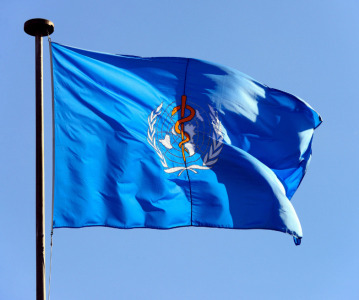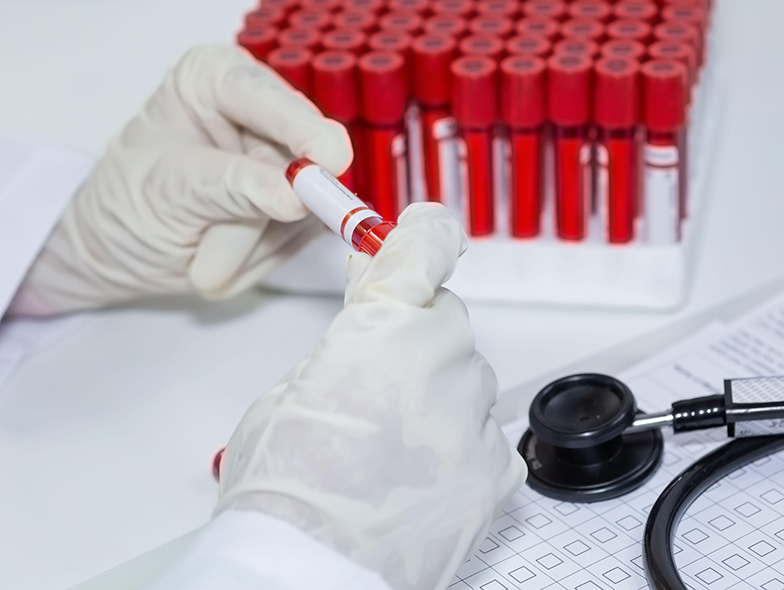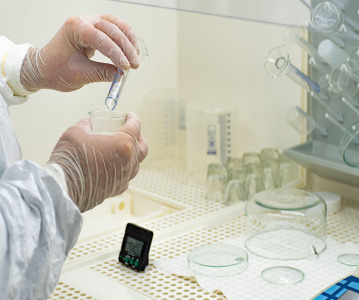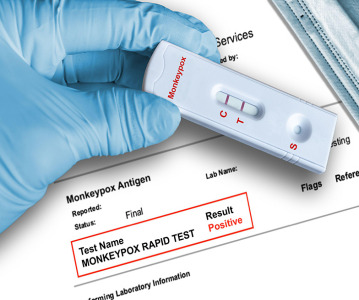GlycoMimetics poster shows GMI-1271 reverses drug resistance in multiple myeloma models

GlycoMimetics to initiate myeloma trial in mid-2016.
GlycoMimetics has announced that preclinical data presented in a poster at the 57th American Society of Hematology (ASH) Annual Meeting and Exposition, in Orlando, Florida, on its drug candidate GMI-1271 showed the compound could reverse molecular mechanisms of chemotherapy resistance seen in multiple myeloma.
“The data on GMI-1271 show a promising pathway toward reducing resistance to chemotherapy and other drugs in multiple myeloma,” said Helen Thackray, Vice President and Chief Medical Officer of GlycoMimetics. “We’re encouraged by the potential to use a biomarker to identify a specific population of multiple myeloma patients who might benefit from this therapy, and we intend to initiate a clinical trial in Europe in mid-2016.”
The data in the poster describes a preclinical model mimicking a very high-risk patient population with multiple myeloma. This high-risk group is defined by expression of higher levels of the E-selectin ligand HECA-452 on multiple myeloma cells. HECA-452 expression is also shown to increase in patients as disease progresses. In the animal model reported in the poster, bortezomib did not demonstrate any benefit in the treatment of myeloma with high expression of HECA-452. When GMI-1271 was combined with bortezomib, however, this resistance to bortezomib was overcome, and animals showed improvements in survival compared to bortezomib alone. Resistance to bortezomib is seen in the clinic with shorter and shorter duration of remission as patients’ disease progresses. Improving the response to bortezomib could improve clinical outcomes for high risk and relapsed patients with myeloma.
GMI-1271 targets E-selectin, a cell adhesion molecule that aids in blood cancer cell resistance to chemotherapy. The drug candidate also is in a Phase 1/2 clinical study designed to evaluate its safety, pharmacokinetics (PK) and efficacy when used together with chemotherapy in patients with acute myeloid leukemia (AML).
The abstract (Abstract #1805), entitled “E-selectin Ligand Expression Increases with Progression of Myeloma and Induces Drug Resistance in a Murine Transplant Model, which is Overcome by the Glycomimetic E-Selectin Antagonist, GMI-1271,” is available at ASH’s website.
Related News
-
News CPHI Frankfurt 2022: Innovator Interview – DSM Biomedical
At CPHI Frankfurt we spoke to Anne-Cecile Bayne, Global Science & Innovation Lead Pharma and Medical Nutrition, and Marc Hendriks, Vice President Strategy & Business Development, on their expertise in nitrosamines and business strategy at DSM Biomedica... -
News New WHO health emergency guidelines expect full transparency from Big Pharma
The WHO are proposing a new set of pandemic guidelines to set out how future global health crises should be handled. -
News Magic mushrooms could be used to treat mental health conditions
A compound found in magic mushrooms, psilocybin, could be used to treat mental health conditions and help patients suffering with severe depression, as shown by the results of the largest study of its kind to date. -
News UK-based partnership to launch DETERMINE study into rare cancer research
UK-based CRO Quanticate is set to partner with Cancer Research UK for the launch of the DETERMINE study focused on testing a range of existing and approved drugs and therapies on rare cancers. -
News FDA approves Thermo Fisher blood tests for wheat and sesame allergies
Both tests have been approved by the US regulator for in vitro diagnostic use -
News QIAGEN launches world’s first syndromic test for monkeypox
The test can distinguish between monkeypox and other diseases that cause similar symptoms. -
News Monkeypox Update: Vaccine shortage, sewage surveillance and global testing
As concern over the monkeypox outbreak continues to rise, we take a look at major developments from the first week of August. -
News CPHI Podcast Series: The importance of novel excipients for innovative drug development
The latest episode in the CPHI Podcast Series dives into the world of novel excipients and explores their importance for innovative drug development.
Position your company at the heart of the global Pharma industry with a CPHI Online membership
-
Your products and solutions visible to thousands of visitors within the largest Pharma marketplace
-
Generate high-quality, engaged leads for your business, all year round
-
Promote your business as the industry’s thought-leader by hosting your reports, brochures and videos within your profile
-
Your company’s profile boosted at all participating CPHI events
-
An easy-to-use platform with a detailed dashboard showing your leads and performance


.png)




